Inflight Magazine of Brussels Airlines
Welcome to the Inflight Magazine of Brussels Airlines
In Africa
Inspiring images from Brussels Airlines’ African destinations
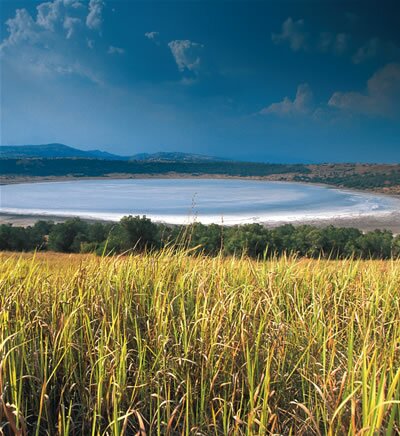
Salt deposits, left behind by evaporation, sparkle on the fringes of a lake in Queen Elizabeth National Park
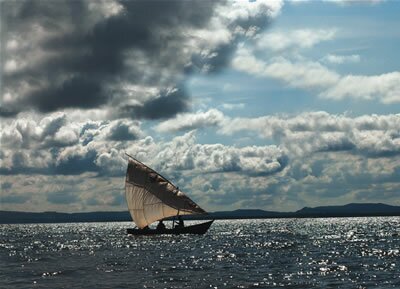
Local fishermen sail out on Lake Victoria, near Jinja, hoping for a good catch
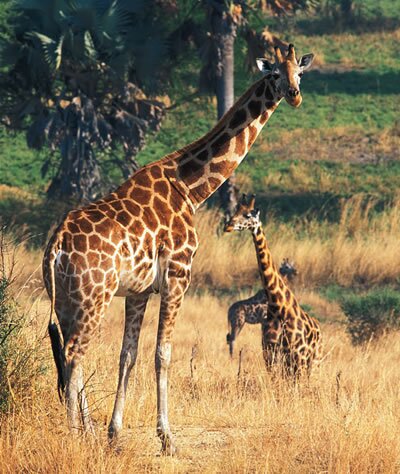
Giraffes and other wildlife species in Murchison Falls National Park have recovered well from the poaching of the 1980s
10 reasons to… visit Uganda
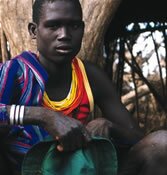 Dive into the wonderful diversity of Uganda’s landscapes, wildlife and culture
Dive into the wonderful diversity of Uganda’s landscapes, wildlife and culture
1 You can go there guilt-free
Uganda has long been at the vanguard of eco-tourism. Community tourism, as it’s known here, means the country’s cultural heritage and archaeological sites are showcased and protected. And because Uganda remains free from mass tourism, you can even enjoy the big game at Queen Elizabeth National Park in relative peace.
2 It won’t break the bank
Uganda’s biggest draw is still its endangered mountain gorillas. Bwindi Impenetrable Forest and Mgahinga National Parks are home to more than 300 of them (half the world’s population). Tracking these magnificent creatures is an experience you just can’t put a price on. That said, gorilla passes cost significantly less in Uganda than they do in neighbouring Rwanda.
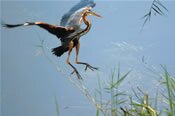 3 Its natural beauty
3 Its natural beauty
When Winston Churchill came to Uganda in 1907, he called it “the Pearl of Africa”. The moniker has stuck because Uganda really is a knock-out. From its verdant forest and vertiginous mountains to its glassy lakes and rolling savannah, you’ll be hard pushed to find more stunning scenery anywhere.
4 The birds
Uganda has a matchlessly diverse landscape, and this wide range of habitats is home to 1,117 of the 1,998 bird species found in Africa. In fact, there are more birds per square kilometre here than anywhere else on the continent. Top bird-watching spots are Mgahinga, Bwindi and Queen Elizabeth National Parks, and the wetlands around Lutembe Bay where you can spot papyrus canaries, white-winged warblers and African skimmers.
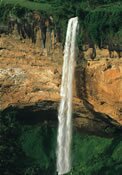 5 The mountains
5 The mountains
People have rhapsodised about Uganda’s mountains ever since Ptolemy speculated that the the ‘Mountains of the Moon’ were the source of the Nile in AD 150. There are mountain trails here for climbers of every level. You could take the challenging route up the glacial Rwenzori Mountains, follow in the Duke of Abruzzi’s footsteps up the twin peaks of Mount Stanley and Magherita, or see the equatorial snow of Mount Gahinga, famed for its gorillas and birdlife.
6The white-water rafting
Uganda is swiftly becoming Africa’s go-to place for adventurous activities. Top of any outdoor type’s to-do list is the white-water rafting at Jinja. Not only is the scenery along the White Nile stunning, the river is more than 10 times the volume of the Zambezi, making it the most exhilarating set of rapids in Africa.
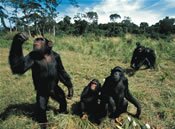 7 Its fishing
7 Its fishing
Fresh-water fishing has now been introduced in Queen Elizabeth, Lake Mburo and Murchison Falls National Parks and Semliki Wildlife Reserve. Angling here is quite an experience – Nile perch can grow up to 2m long and you’ll be fishing in the company of crocodiles and the occasional hippo.
8 You can see the source of the Nile
The source of the Nile and the world’s second largest freshwater lake, Lake Victoria has been a must-see for visitors since the 19th century. It’s studded with 84 islands, some of which are still uninhabited. If you only have time to visit one, it should be Ngamba Island, home to a chimpanzee sanctuary.
Hotel with a view
 THE ENGAGI LODGE, UGANDA
THE ENGAGI LODGE, UGANDA
Where is it? Bwindi Impenetrable Forest National Park, , kimbla-mantanauganda.com What’s the view? There are just eight custom-built cottages here, and each has its own private veranda that looks out over Bwindi’s forest canopy.
What to expect The cottages are built out of local wood while the main lodge is made entirely of rocks and eucalyptus, thatched with banana fibre. Rooms are furnished in warm, spicy colours and light, rough-hewn woods.
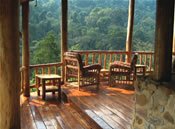 Need to know Staff are drawn from surrounding communities, so they know the area inside out. Electricity is supplied by solar power and hot water will soon go the same way. The on-site restaurant caters for both vegetarians and vegans.
Need to know Staff are drawn from surrounding communities, so they know the area inside out. Electricity is supplied by solar power and hot water will soon go the same way. The on-site restaurant caters for both vegetarians and vegans.
Why go there? The main draw here are the 300 gorillas who inhabit Bwindi’s Impenetrable Forest. The rare tree-climbing lions of Isasha live nearby. Bwindi’s brilliant for bird watching too, with more than 340 species calling the area home.
How much does it cost? From €168 per night.
Getting it together
Burundi, Rwanda, Uganda, Kenya and Tanzania have been in talks to pool their marketing efforts, selling themselves as a single destination rather than five separate countries – which will mean big changes for tourists. For a start, the countries’ policies on wildlife conservation will have to be brought into line with one another, and they’ve started co-ordinating their efforts to prevent poaching. But it also means that you should soon need only one visa to visit all five countries – the Common Tourist Visa – so that seeing more of East Africa won’t require quite so much rigid preparation. That can only be a good thing.
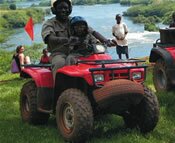 Cultural exchange
Cultural exchange
If you’re heading near Lake Mburo, make time to go on the latest All Terrain Vehicle (quad bike) tour: the cultural safari. The trail, devised in collaboration with Mburo Eco-Cultural Village, takes in local homesteads and gives visitors the opportunity to mix and mingle with the Ankole tribe – and try some mwenge, a potent banana brew. Best of all, the proceeds are split between protecting the area’s wildlife and funding community projects. www.atadventures.com
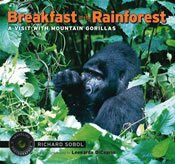 Look out for…
Look out for…
Breakfast in the Rainforest by Richard Sobel
If you don’t actually manage to get up close and personal with Uganda’s gorillas while you’re there, this is the next best thing. Sobel’s photographs have previously appeared in the National Geograhic, Time and Newsweek. His latest book shows mountain gorillas tucked away in some of Uganda’s densest forests, meditatively eating their morning meal, a sight rarely captured on camera. Leonardo DiCaprio liked it so much, he even wrote the afterword. www.candlewick.com
Leave a Reply
